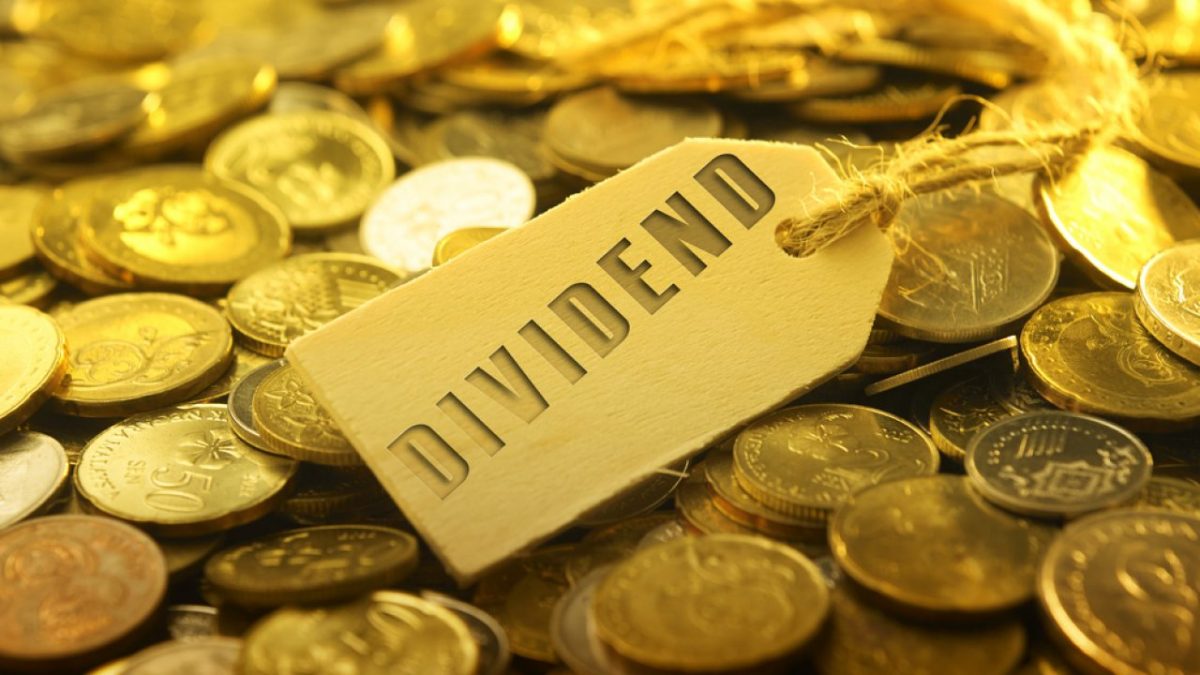






With third-party cookies not blocked on Google’s Chrome browser, targeted advertising, which has used cookies for more than two decades, will remain effective longer than anticipated. The use of cookies allows for more effective targeting, increasing the return on ad spending and thus resulting in higher demand by advertisers. This type of targeting allows for an increasing role and revenue for adtech Criteo. Plus, Criteo, other ad-tech firms, and Google will have more time to develop and test replacements for cookies. We increased our projections and now expect Criteo’s top-line growth to average 9.5% annually through 2025 (higher than our previous assumption of 8%), which will also create operating leverage and expand average operating margin to 13.3% (compared with 15% prior to the pandemic, and higher than our previous 12.6% assumption).
In reaction to Google’s decision, Criteo stock jumped more than 12% and is trading at 1.3 times our fair value estimate. The firm’s current market capitalization of $2.7 billion is not far off from the $2.8 billion it hit in the second half of 2017, when the market expected 5-year average net revenue growth in the mid-teens off a higher base.
Criteo’s Future Outlook
We think today’s reaction clearly displays the firm’s dependency on Google’s digital advertising platform and supports our no-moat and very high uncertainty ratings for Criteo. In our view, uncertainties surrounding possible alternatives and their effectiveness remain, and they could force advertisers to allocate less toward targeting and retargeting as we approach the second half of 2023.
While we think Criteo is overvalued, we remain pleased with the firm’s efforts to minimize impact of cookie-less browsers. We are skeptical about the adoption and possible success of the Unified ID solution, but we do see possibly attractive ROIs generated from campaigns that combine first-party data (data from Criteo’s clients) with contextual marketing. We think with access to a large amount of its client’s first-party data, Criteo is well-positioned to leverage nearly any new solution. In addition, we applaud what appears to be the firm’s main strategy–to not invest in designing and creating another version of third-party cookies. Criteo continues to invest in solutions based on contextual advertising which we think will be welcomed by Google, publishers, and ad buyers now and in two years.
Lastly, we remain pleased with the firm’s efforts to diversify its revenue with the retail media segment, which represented 10% of total net revenue in the most recent quarter. The retail media business not only helps retailers market their products and services on other sites or apps (demand for ad inventory), but it also allows them to further monetize their own online properties by selling more ad inventory (supply of ad inventory).
Company profile
Headquartered in Paris, Criteo is one of the leading ad-tech companies in the growing digital ad market. Its technology, mainly the Criteo Engine, allows advertisers to launch multichannel and cross-device marketing campaigns in real time using retarget digital display ads. With real-time return on investment analysis of the ads, the firm’s clients can adjust their marketing strategies dynamically.
(Source: Morningstar)
General Advice Warning
Any advice/ information provided is general in nature only and does not take into account the personal financial situation, objectives or needs of any particular person.


The remainder of surplus capital returned via an annual dividend top-up between fiscal 2021 and 2024, and on-market buybacks once franking balances deplete. Off-market buybacks can provide an attractive opportunity for Australian-based shareholders to sell depending on their tax circumstances. Given a large component of the buyback is treated as a dividend, and franked, the total return to the shareholder can be 20% higher than selling on market.
We think the Commonwealth Bank could kick things off in August 2021 with an approximate AUD 5.5 billion off-market buyback. However, the bank’s conservatism around loan loss provisioning and dividends during 2020 and 2021 suggests shareholders may need to wait until 2022.
Based on a target common equity Tier 1 ratio of 11%, we assume AUD 30 billion is returned to shareholders. We estimate Commonwealth Bank returns around AUD 5.50 per share, ANZ and National Australia Bank around AUD 2.20 each, and Westpac AUD 1.90. Only Westpac has enough franking credits to fully frank all returns.
Shares of the major banks trade around our fair value estimates (except for Commonwealth Bank). But we think the strong wide-moat franchises and prospects for material capital management initiatives, still make the banks attractive holdings in a fairly overvalued Australian market. Our fair value estimates assume the banks have returned excess capital to shareholders by 2025. This may occur sooner, but timing is not material to our fair value estimates. We have not included dividend top-ups in our forecasts given uncertainty around timing.
Company Profile
ANZ Bank is Australia’s third-largest bank by market value and provides retail, business, and institutional banking services to customers in Australia, New Zealand, and Asia-Pacific. The super-regional Asian strategy is being de-emphasised, with management focusing on the higher-returning businesses in Australia and New Zealand. Fine-tuning strategy and bank-wide restructuring results in a differentiated bank compared with domestic peers. ANZ Bank still retains a tilt to its Asia-centric strategy, but is now more balanced, better capitalised and a simpler bank.
(Source: Morningstar)
General Advice Warning
Any advice/ information provided is general in nature only and does not take into account the personal financial situation, objectives or needs of any particular person.

As a result, Federal Realty has been able to drive strong same-store net operating income growth and average double-digit re-leasing spreads over the past two decades.
Its portfolio should continue to attract shoppers and tenants and produce solid internal growth even in a challenging retail environment.
E-commerce continues to pressure brick-and-mortar retail as consumers increasingly move their shopping habits online. While many of Federal’s tenants must directly compete with the growth of e-commerce, much of the portfolio is insulated from online competition. Segments like grocery stores, restaurants, fitness centers, and other service-based businesses still drive traffic to physical retail centers. Regardless of the competition from e-commerce, location is still paramount for retailers. Retailers are becoming more selective with their physical locations, opting to locate storefronts in the highest-quality assets while closing stores in low-productivity sites. Thus, we expect Federal’s portfolio to remain in demand despite the changing retail environment.
However, Federal must deal with the fallout of the current corona virus pandemic. Many retailers were forced to close for a period of time and shopping at brick-and-mortar locations has fallen. While Federal’s revenue is somewhat protected by long-term leases, retailer bankruptcies have caused a drop in occupancy and Federal has been forced to offer rent concessions to keep others afloat. We believe that high-quality retail locations will rebound and will eventually return to their prior occupancy and rent levels, but the short-term impact to Federal’s cash flow has been significant.
Financial strength:
Federal is in good financial shape from a liquidity and a solvency perspective. The company seeks to maintain a solid but flexible balance sheet, which we believe will serve stakeholders well. Federal has an A-/A3 credit rating, so it should be able to easily access low-rated debt to service financial obligations. Debt maturities in the near term should be manageable through a combination of refinancing and the company’s significant free cash flow. Additionally, the company should be able to access the capital markets when development and redevelopment opportunities arise. We expect 2021 net debt/EBITDA and EBITDA/interest to be roughly 6.9 and 4.2 times, respectively, both of which are slightly outside of Federal’s targeted range but we believe the company will return to historical norms within a few years .As a REIT, Federal is required to pay out 90% of its income as dividends to shareholders, which limits its ability to retain its cash flow.
Company Profile:
Federal Realty Investment Trust is a shopping center-focused retail real estate investment trust that owns high-quality properties in eight of the largest metropolitan markets. Its portfolio includes an interest in 101 properties, which includes 23.4 million square feet of retail space and over 2,600 multifamily units. Federal’s retail portfolio includes grocery-anchored centers, superregional centers, power centers, and mixed-use urban centers. Federal Realty has focused on owning assets in highly desirable areas with significant growth, and as a result, the average population density and average median household income are higher for its portfolio than for any other retail REIT.
(Source: Morningstar)
General Advice Warning
Any advice/ information provided is general in nature only and does not take into account the personal financial situation, objectives or needs of any particular person.
